Camera Belts and Unloading

Each photographer has special straps and grips for cameras... These optional accessories allow you to evenly distribute the weight of all equipment to your back and shoulders. At the same time, the load on a person's hands is removed, and all the necessary devices will be nearby. Today we will talk about what features these products have and what types they are.
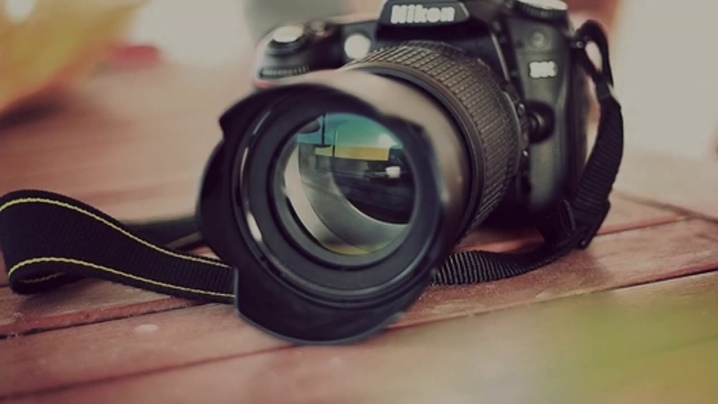
Features and purpose
Straps and unloading for cameras enable a person to take photographs with maximum comfort. The weight of heavy equipment is distributed in such a way that the hands are not busy and loaded.
In addition, the photographer will not need to spend a lot of time constantly changing lenses and equipment.

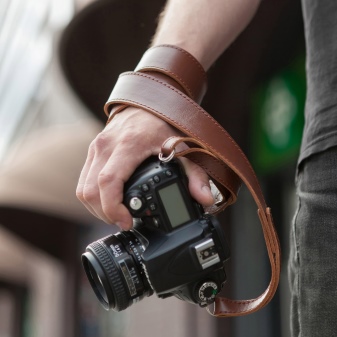
Unloading is a relatively new product on the market. If these accessories are properly sized, they will not interfere with the photographer at all during his work. In addition, he will not have to fear for the safety of his equipment. After all, such products are equipped with the strongest and most reliable fasteners. Many of them are equipped with convenient quick-release platforms for placing equipment.
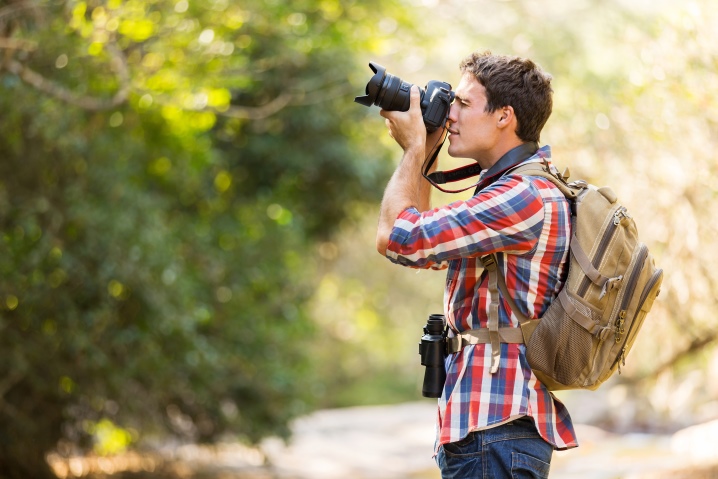
Varieties
Consumers can now find a wide variety of camera straps and straps in stores. The most common are the following varieties.
- Shoulder strap. This option is considered the most popular among photographers. It is an elastic construction that consists of small belts. They pass over the shoulders and close at the back. In this case, the camera may be on the side of the shoulder strap. At the same time, the equipment will always be at hand, you can easily take it, change the required lens. More expensive models of such straps are designed to carry two cameras at once. One of them will be placed on the side on the left and the other on the side on the right. In stores, you can find such unloading harnesses, the belts of which are connected to each other on a person's chest. In this case, the camera will always be in front of you. Most often, the length of the individual straps can also be easily adjusted using the plastic fasteners.


- Hand strap. This design is a wide strap that is worn directly on a person's wrist. At the same time, the camera is fixed on it from the side of the palm. This option is the simplest. Sometimes a small strip of the same material is made on one side of such a belt, it is attached at both ends. You can put small things under it if necessary.
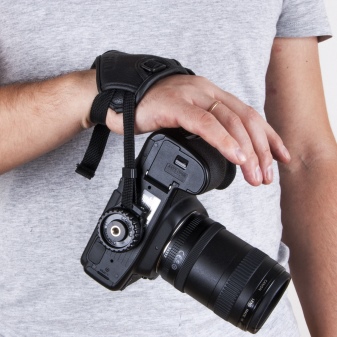
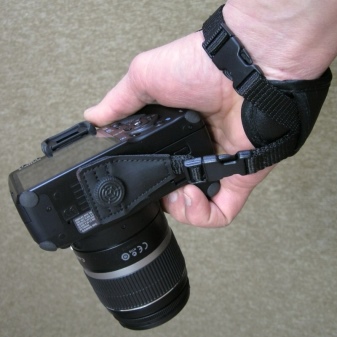
- Unloading on the wrist. This variation is similar to the previous type, but the belt is worn slightly above the wrist, directly on the wrist. Such products are produced with special plastic adjusters that make them easy to tighten in size. The camera is also always at hand.


- Unloading on the neck. These types of products are also quite commonly used by professional photographers. They can be made in different versions. The simplest is the usual elastic strap, which is worn around the neck. In this case, the equipment will be located on a person's chest. Often these products come with two small buckles, thanks to which you can easily adjust their length.Also, this type can be in the form of a long strap that passes through the neck and is worn on one shoulder - the device in this case will be placed on the side.
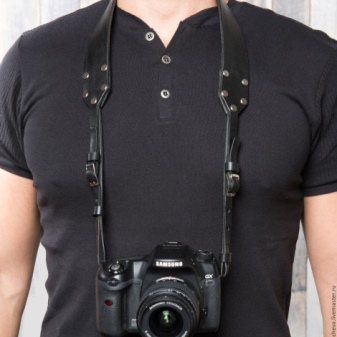
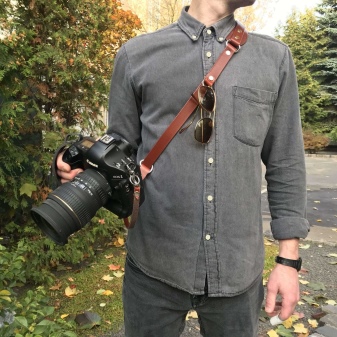
Materials (edit)
Currently, unloading for cameras is made from a variety of raw materials. The following materials can be taken as a basis.
- Leather... Such products are quite durable and reliable. Leather camera grips are most often made in black or dark brown colors. They are particularly durable.
- Neoprene... This material is a type of synthetic rubber. It is particularly flexible. In addition, the neoprene strap has good waterproof performance, so it is convenient to take such reliefs with you if you are going to take pictures underwater.
- Nylon... This material is often used to create accessories for photographic equipment. It belongs to the group of synthetic fabrics, made from special polyamide fibers. Nylon will not shed when exposed to water and will not fade when exposed to direct sunlight. In addition, nylon products easily conform to the shape of the body and do not hinder human movements. But at the same time, they are afraid of too sharp temperature changes and do not allow air to pass through.
- Polyester... The material is a durable artificial fabric that is especially resistant to UV radiation, it is able to maintain its original appearance and rich colors for a long time. Polyester is resistant to various stains, with a simple wash all existing stains are easily removed from it, it has good strength, wear resistance and heat resistance. But at the same time, products made from such a material have increased rigidity and poor air permeability.


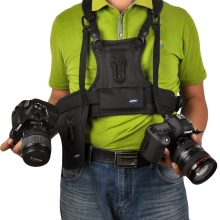
Selection Tips
Before buying a suitable unloading model, you should pay attention to some selection rules. So, be sure pay attention to your proportions and the total weight of the equipment... Remember that the mass of all equipment should be distributed as evenly as possible. Otherwise, the photographer will feel discomfort and heavy strain during work. If you are of a miniature build, then it is better to give preference to models with narrow belts, otherwise wide belts will interfere with you when taking pictures.
It is also worth considering the material from which the unloading is made. If you often shoot underwater, then pay attention to products made on a waterproof basis.
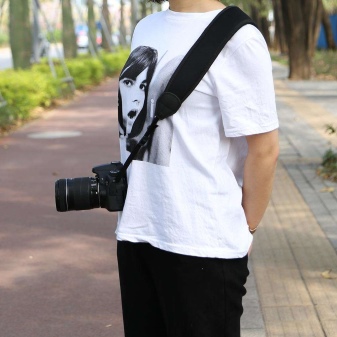
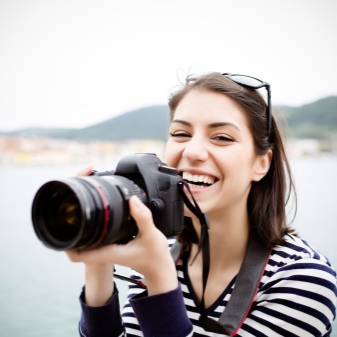
Consider the total amount of equipment, which you will wear. When using two cameras at once, it is better to give preference shoulder models with two compartments for cameras (on the sides).
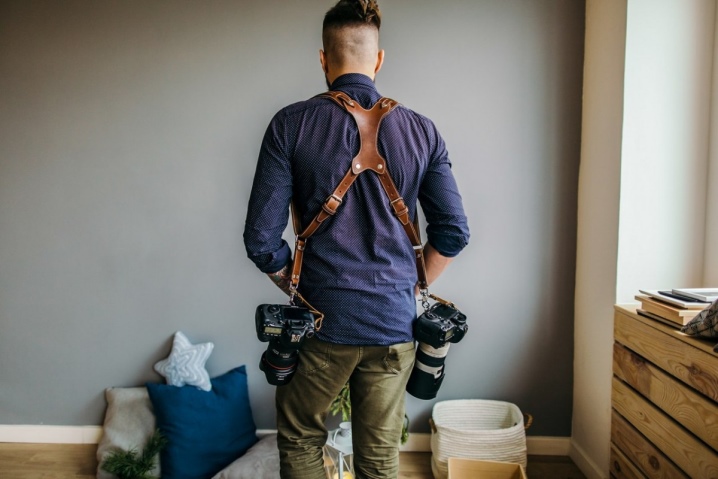
If you intend to carry only one device with you without a lot of additional parts, then standard models may suit you. wrist relief or wrist straps... And their cost will be much lower than the cost of other samples.
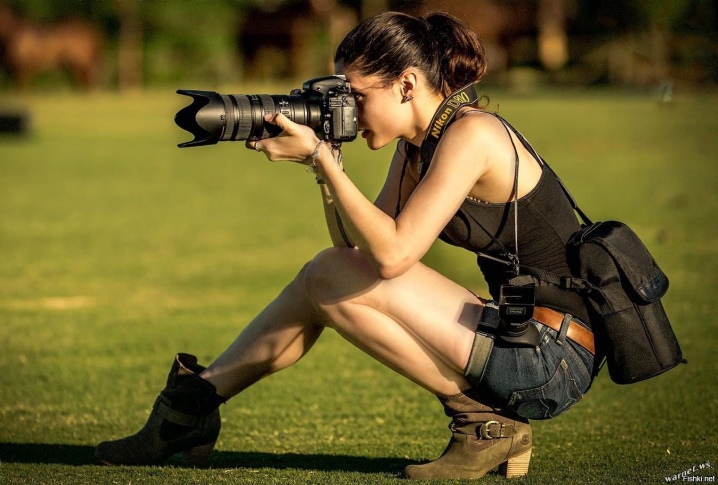
Care advice
If you have purchased a camera unload for yourself, then it will not be superfluous to familiarize yourself with some important rules for caring for such products. Remember, nylon or polyester models should be easy enough wash regularlyto keep them clean. If you have a leather model, then washing is not allowed. To cleanse such products are necessary using a damp cotton cloth.
If the leather is not hand dyed, then the first few shoots do not wear white clothes under unloading... Otherwise, technical residues of villi may appear on it, which will slightly dye the white fabric.
It is necessary to store the unloading correctly. After shooting, it is better to carefully hang them on hangers. This procedure will allow you to maintain the appearance of the product for a long time.
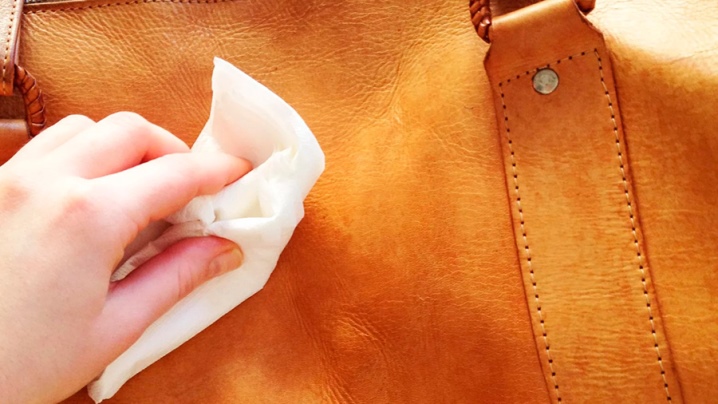
If you want to take a photo in the rain, it is recommended that you first cover the product with a special moisture-proof compound... Moisture on some models can cause severe deformation, and metal mounts will begin to rust.
If in the process of photographing your unload has fallen or hit hard more than once, you need check that all connecting elements are free of damage and chips... Otherwise, it is better to replace the fittings immediately.
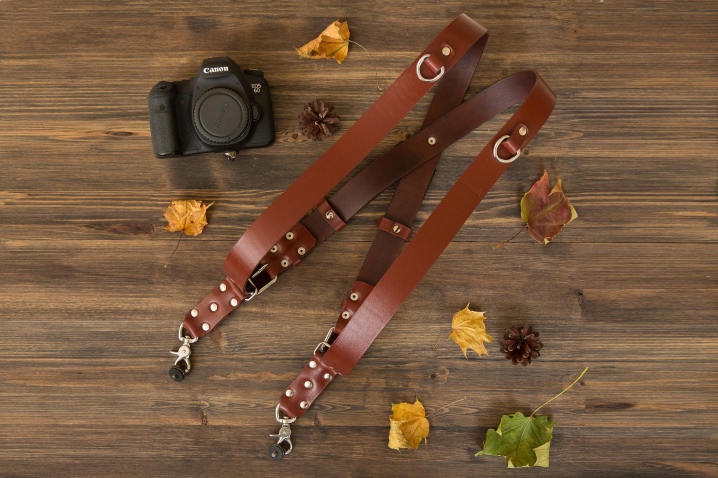
Always attach to the product safety strap - it will allow you to avoid accidental falling of equipment. Also, this element will protect you from thieves, as it reliably connects the carabiner and the camera. It is better to tighten it as tight as possible, and its length can be adjusted with a small buckle.
After every shoot check all threaded parts of the discharge... If they are very loose, they must be tightened tightly.
In progress use limiters. They are fixed in the holes in the belts. The details will not allow the straps with the equipment to go behind the back and bump against each other for two cameras.
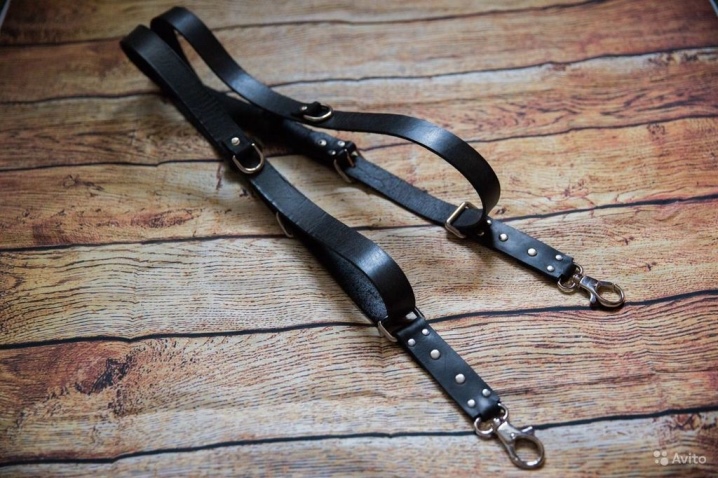
You will find more useful information on camera troughs in the following video.













The comment was sent successfully.